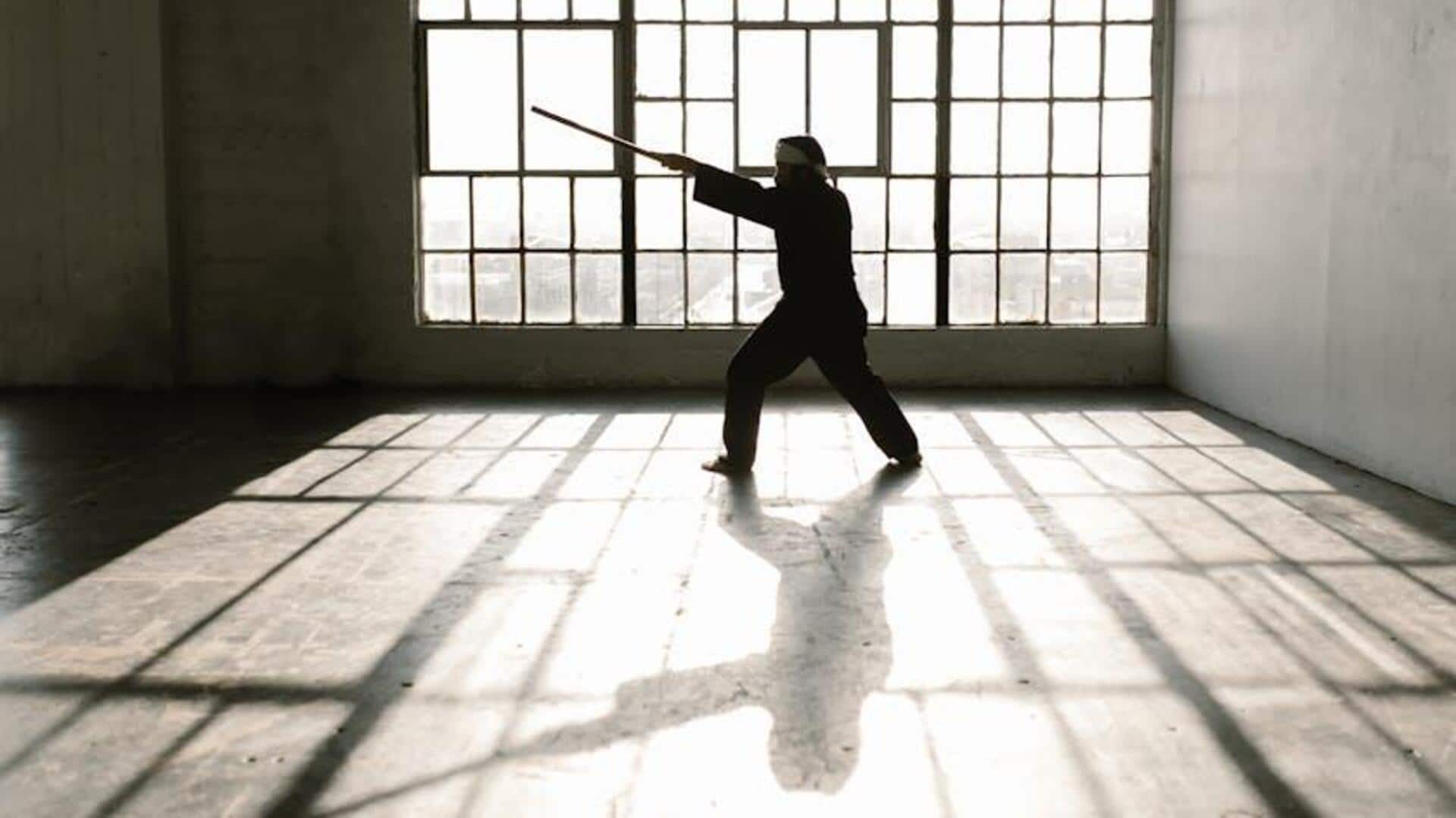
5 surprising benefits of tai chi
What's the story
We all know that tai chi, an ancient Chinese martial art, helps with health issues such as balance, flexibility, etc. However, what most of us don't realize is the ability of tai chi to help us bond socially. Group tai chi practice can help you develop a sense of community and belonging. Here are five surprising ways tai chi can help you socially.
Group dynamics
Enhances group cohesion
When you practice tai chi as a group, you are encouraged to move with each other. This synchronized movement creates a sense of unity and belonging among the group members. As people work together to master the forms, they develop mutual respect and understanding. The experience of learning and practicing tai chi creates bonds that go beyond the practice sessions, increasing group cohesion.
Mindful interaction
Encourages mindful communication
Tai chi has mindfulness at its core and it also extends to how practitioners interact with each other. The participants become more cognizant of their own emotions and of those around them during practice sessions. This increased awareness results in more mindfully thought-out interactions, within the group and outside of it. By encouraging mindful communication, tai chi enables people to form deeper connections rooted in empathy and understanding.
Trust building
Builds trust among participants
The partner exercises in tai chi also involve relying on each other for support and feedback. These exercises go a long way in building trust as you learn to depend on your partner for balance and guidance. Over time, this trust moves beyond the practice sessions into everyday interactions among the group members. The supportive environment created by these exercises strengthens the interpersonal relationships within the group.
Anxiety reduction
Reduces social anxiety
Participating in tai chi can prove useful for reducing social anxiety as it provides a structured environment where people feel safe interacting with others. Since the focus is on slow movements, participants can engage at their own pace without feeling pressured or judged by others around them. As confidence grows through regular practice sessions, people may find it easier to engage socially outside the class as well.
Common objectives
Promotes shared goals
In tai chi classes or groups, it's all about working towards a goal — be it mastering new forms, or participating in demonstrations together. This not only promotes teamwork among members working towards common goals but also fosters camaraderie while encouraging collaboration between peers who share similar interests and aspirations. This strengthens the bonds formed through shared experiences, and challenges faced along the way to achieve these goals.